
|
European Rabbit
|
||
| Taken at Derwent Water on 18th April 2023 using Nikon D500 with Sigma 600 mm lens. | 
|
|
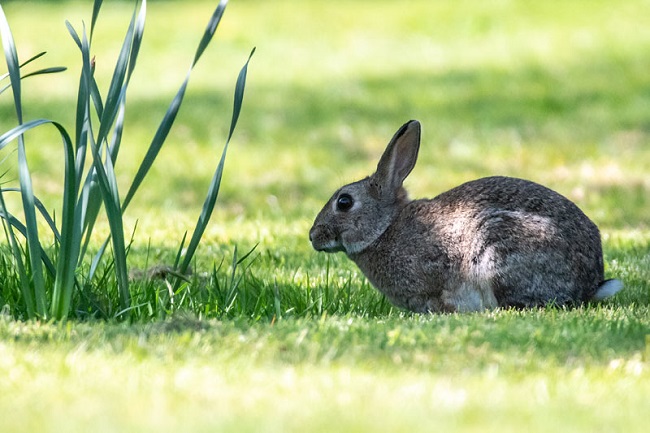
| Taken at Troon on 16th May 2021 using Nikon D500 with Sigma 600 mm zoom lens. |  |
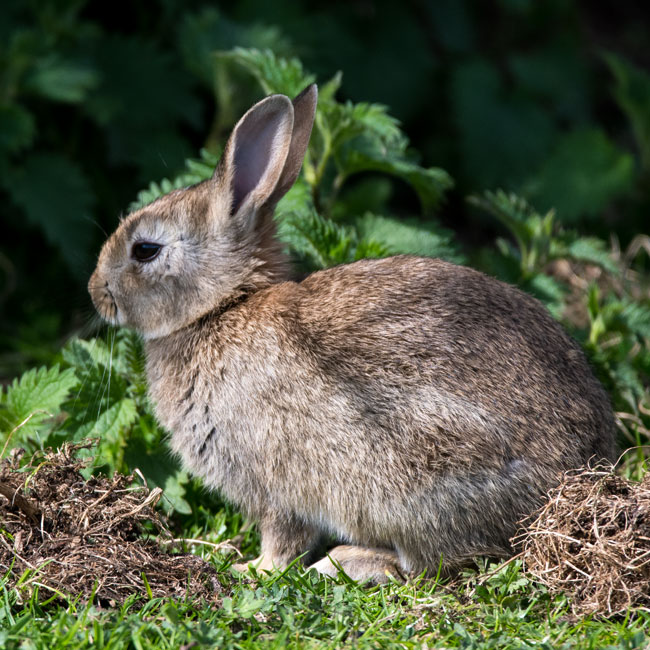
| Taken at Skateraw on 8th September 2019 using Nikon D500 with Sigma 600 mm zoom lens. |  |
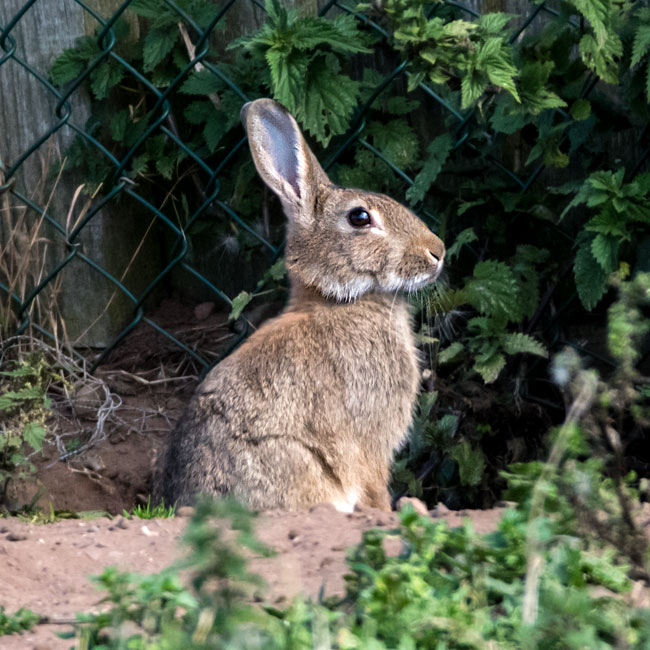
| Aahh. Taken at Leighton Moss on 3rd July 2015 using Nikon D5200 with Sigma 150-500 mm zoom lens. |
 |
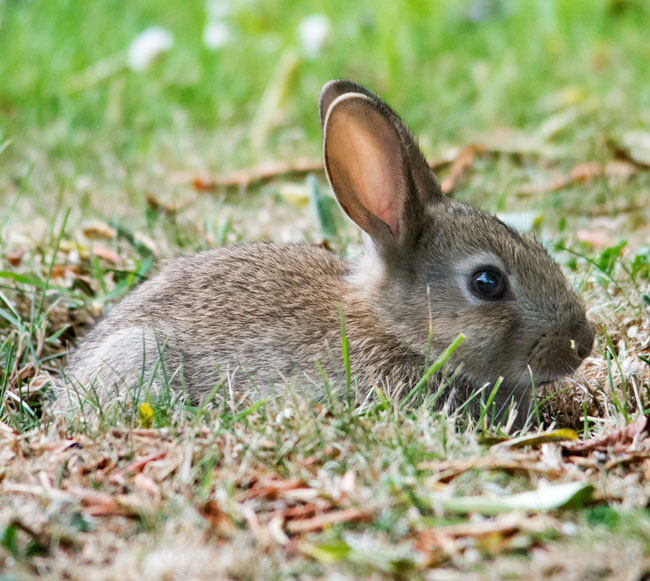
| Juvenile Taken at Barns Ness on 17th May 2018 using Nikon D5200 with Sigma 600 mm zoom lens. |
 |
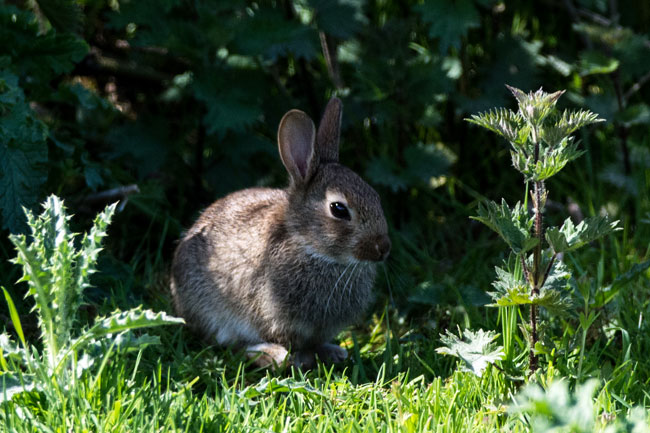
| European Rabbit. |
| Species: Order: Family: Local Names: |
Oryctolagus cuniculus. Lagomorpha. Leporidae. Common Rabbit. |
| Habitat: Food: Breeding: |
During
the day, rabbits prefer to reside in vegetated patches, which they use
for protection from predators. At night, they move into open
prairie to feed. A diverse diet of grasses, leaves, buds, tree bark, and roots. They will also eat lettuce, cabbage, root vegetables, and grains. The gestation cycle for a rabbit averages 31 days. Litter sizes generally range between two and twelve rabbits. The young are born in a burrow dug by the female, to which she returns once a day for four weeks for them to suckle. The rabbit's reproductive abilities were the inspiration for the phrase "breeding like rabbits". They can reproduce from three to four months of age. They can produce four to seven litters of offspring per year; a mature female can be pregnant continuously for up to eight months. One single pair of mature rabbits is able to produce 30 - 40 offspring per year. |